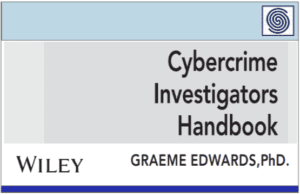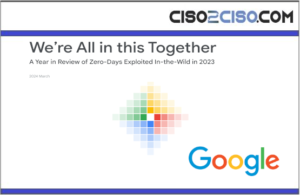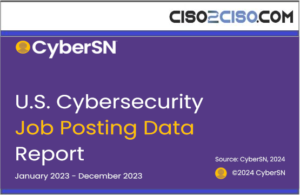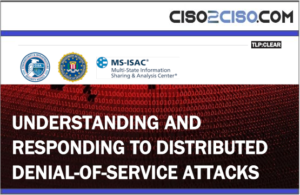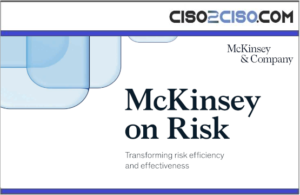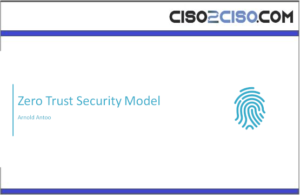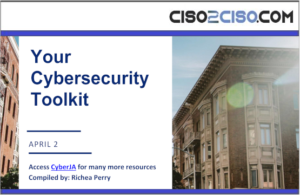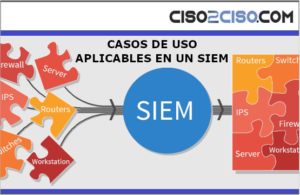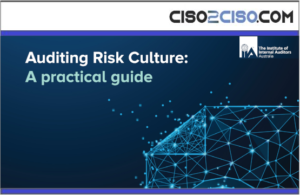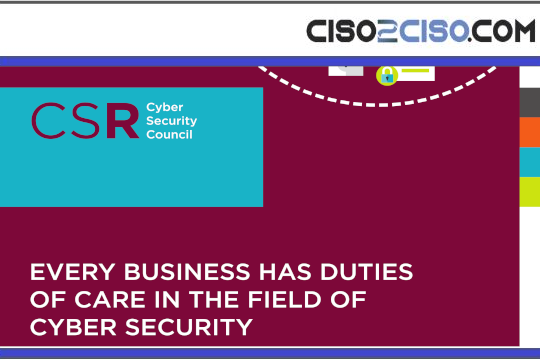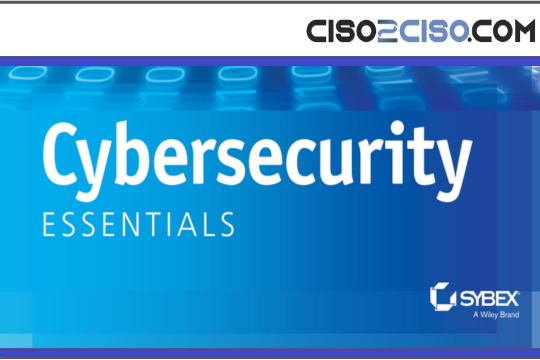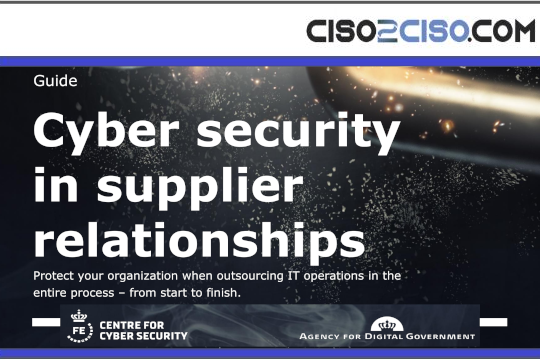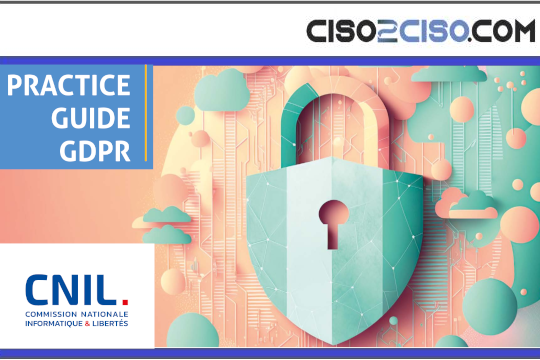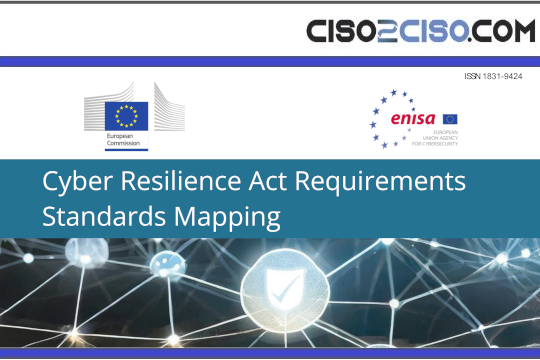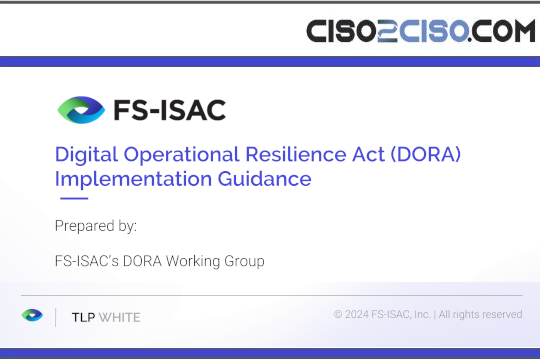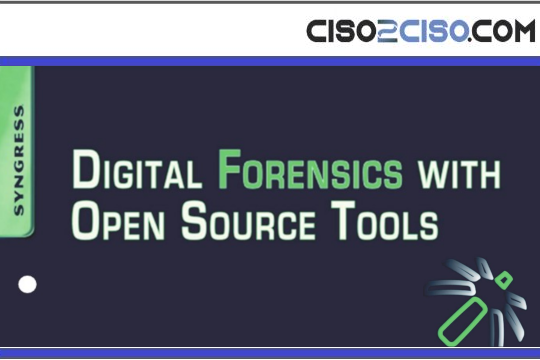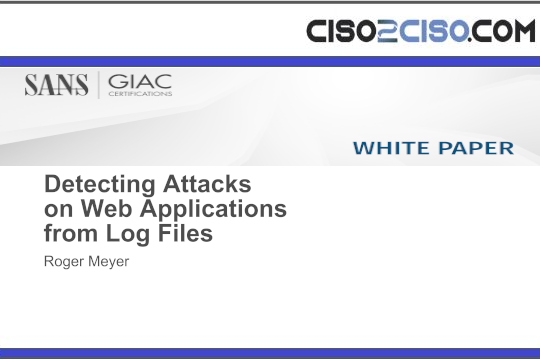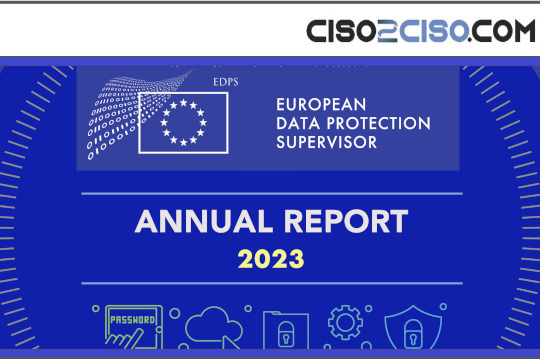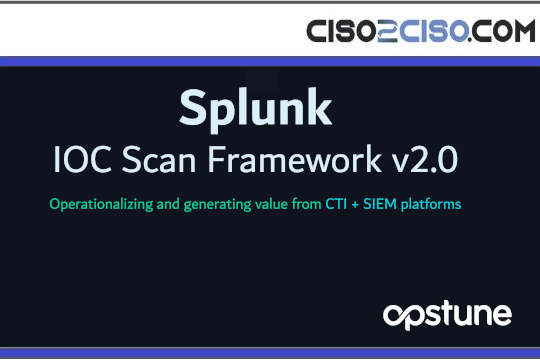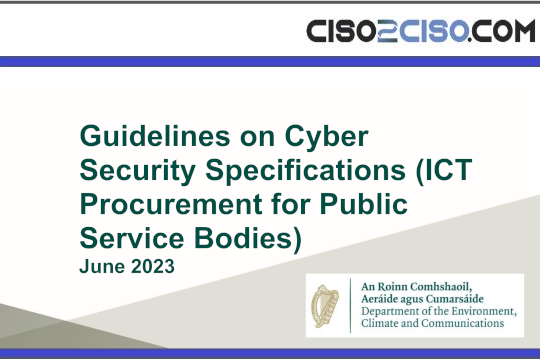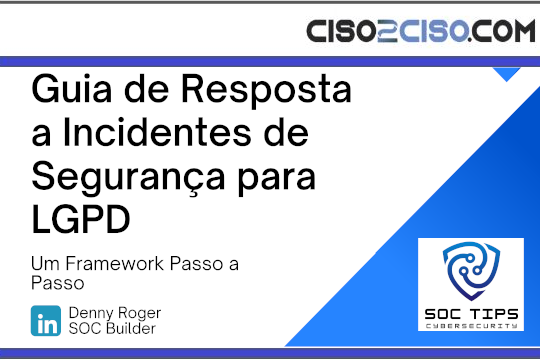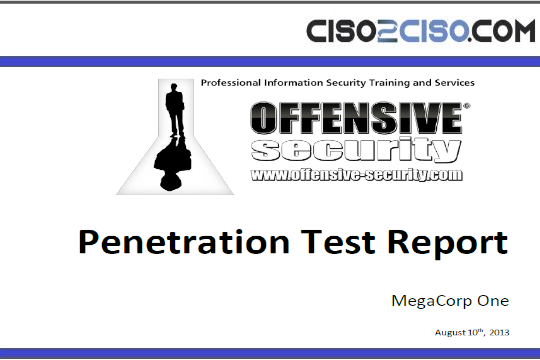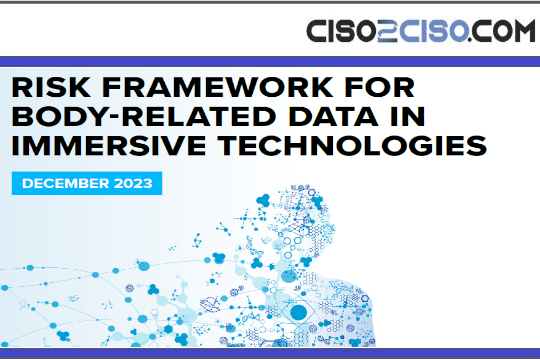The Risk Management Guide provides a comprehensive approach for entrepreneurs to handle risks effectively. It emphasizes the importance of qualitative and quantitative risk estimation methods, recommending the use of subjective levels or numerical scales based on past incidents and data sources. The guide introduces key concepts such as assets, threats, vulnerabilities, impacts, and probabilities, essential for understanding risk management terminology.
Furthermore, it highlights the significance of systematic risk analysis to avoid oversights and arbitrary criteria. Various methodologies and best practice guidelines, including COSO and ISO 31000:2009, are suggested for conducting thorough risk assessments. The document outlines the principles, framework, and processes involved in risk management, aligning with ISO 31000:2009 standards to protect value, integrate risk management into all business processes, and inform decision-making.
Additionally, it delves into defining criteria for risk evaluation, classification of impacts, and risk acceptance scales. The guide stresses the importance of assessing information security risks, identifying critical information assets, and determining the strategic value of business information processes. Overall, the document serves as a valuable resource for entrepreneurs seeking to enhance their risk management practices and safeguard their business operations effectively.
Views: 0







